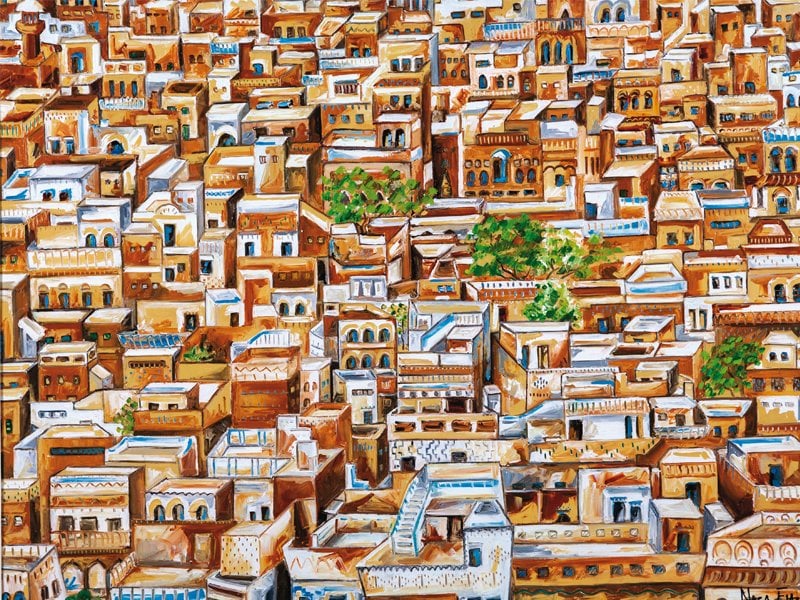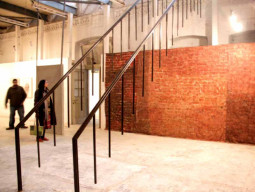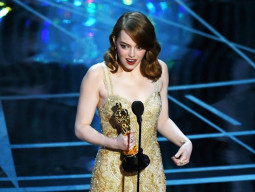
This year, she showcased her latest series of cityscapes and rickshaws at the Canvas Gallery. Currently based in Australia, Ejaz’s work depicts a quintessential element of Lahore - where Ejaz is originally from.

For her, the inspiration for the paintings comes from Pakistan - its poetry, colours and music - the warmth and resilience of its people, the culture, the noise and drama of everyday life.
“I left for Australia eight years ago with my husband,” said the mother of two. “Finding myself in a new country, I needed to look back to connect forward. I am ultimately looking to find my own place in this new landscape.”
Ejaz treats every painting as a journey - whether it’s good or a gut wrenching one, she says you just have to wait and find out.
She uses her basic training as a print-maker in her work by using the drip paint style. The cityscapes which are based on the walled city of Lahore are deconstructed and recomposed from images. From a distance they look almost claustrophobic.
“These tightly choreographed concrete labyrinths oscillate between realism and abstraction,” she said. “They are meant to direct the gaze of the viewer to wander the streets. Searching perhaps for something recognisable through the crowded yet still and deserted vastness.” Ejaz added that although Lahore was always home, she felt that memory can change an individual’s perception of a city.
Since she uses images of the old city, which doesn’t really exist anymore, Ejaz feels her work reflects her nostalgia.

While the main hall of the gallery is occupied with Ejaz and her memories of Lahore, the front room of the gallery is filled with colourful still-life objects. The rickshaw.
The rickshaws, according to Ejaz, are a symbol of Pakistan and its people. She said that sometimes, she feels the motif is indistinguishable from herself. It is also representative of her art history background. “These vehicles are not very different from portraits and have vibrantly colouful personalities, like the thriving middle classes they transport,” she said. “They are loud, noisy, crowded, polluting, festive, sad, improvised, uncomfortable and sometimes broken but always cheerful.” She added that the rickshaws also suggested tradition but breaking boundaries and limits.
The rickshaws also had a dark side- the deconstructed rickshaw. The imagery was strong as the artist said they represented not only the accidents and loss of life but the current state of affairs in the country.
The chammak patti stickers around the rickshaw frames is representative of the urban public transportation. “They refer to a migrant history - the embellishment of temporary and transient spaces while assigning boundaries to these images, acknowledging a distance from their subject.”
While talking to The Express Tribune about other projects she has in the pipeline, Ejaz said that for now, she is just going to take a breather and enjoy time with her family.
A little about the artist
Nazia Ejaz was born in Lahore to Pakistani singer Noor Jehan. She attended the National College of Arts in the city and in 1993 she went to the University College London’s Slade School of Art for her MA. She also went to the School of Oriental and African Studies for a diploma in 1996. She has worked as a print-maker, painter and teacher in Pakistan and the UK. Her first solo exhibition was at Chawkandi Art Gallery in Karachi in 2003.
Published in The Express Tribune, January 17th, 2014.
COMMENTS (2)
Comments are moderated and generally will be posted if they are on-topic and not abusive.
For more information, please see our Comments FAQ

































1714024018-0/ModiLara-(1)1714024018-0-270x192.webp)









Very nice ... Shabaash bittiya !!!
Just beautiful ! The paintings are telling a story.